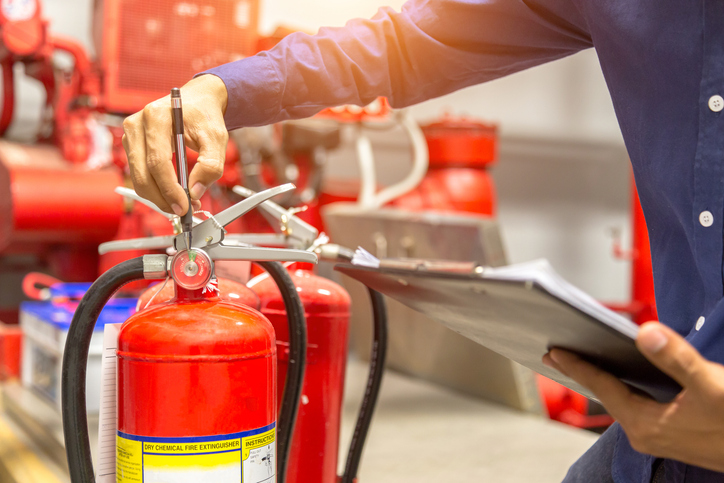By Sian Thurtell, Chief Operating Officer from KBC Health & Safety
Workplace safety is not merely a regulatory requirement; it is a fundamental aspect of organisational health and success. At its core lies commitment—a steadfast dedication to safeguarding the well-being of employees. When commitment permeates an organisation, it creates a culture where safety is prioritised, risks are proactively managed, and employees feel valued and protected.
Building a strong foundation of compliance, competence, and commitment
The journey towards a safety-centric workplace begins with establishing a solid foundation. This involves achieving compliance with relevant regulations and standards, developing a competent workforce through targeted training and development, and fostering a culture of commitment – all of which is ongoing. While compliance and competence are essential, it is commitment that truly distinguishes high-performing safety cultures.
A culture of safety is more than just following rules. It is a shared mindset where employees at all levels take ownership of safety and actively contribute to creating a secure work environment. This is cultivated through leadership exemplifying safety commitments, empowering employees to identify and rectify hazards, and the creation of a working environment characterised by open communication, in which employees can comfortably report risks, near-misses, and incidents without fear of repercussions. This openness builds trust and encourages proactive safety measures through accountability.
The power of commitment to continuous learning and development
A commitment to safety is an ongoing journey, requiring continuous learning and development, which requires a corporate commitment to investing in employee training and education. This not only enriches safety knowledge but also cultivates a forward-thinking mindset as regular safety training, refresher courses, and opportunities for skill enhancement keep employees abreast of the latest safety practices and emerging trends. This continuous learning cycle empowers employees to proactively identify potential hazards, adapt to evolving workplace conditions, and confidently implement safe work procedures. Furthermore, it fosters a culture of innovation and improvement, where employees are encouraged to share knowledge, best practices, and new ideas to enhance overall safety performance.
The meticulous measurement and improvement of safety performance is a tangible manifestation of an organisation’s commitment to safety. By establishing Key Performance Indicators (KPIs) and diligently monitoring safety metrics such as accident rates, near-miss incidents, employee safety survey results, and training completion rates, organisations can demonstrate a proactive approach to their safety management. Such a data-driven strategy allows for the identification of trends, the measurement of progress toward safety goals, and the allocation of resources to areas requiring improvement.
The benefits of a strong safety culture
In essence, an organisation’s commitment to safety is evident in their willingness to use data to inform decision-making and to allocate resources strategically to enhance safety performance. This signifies a dedication to creating a safer work environment through continuous improvement and a focus on preventing incidents before they occur. By demonstrating a commitment to measuring and improving safety performance, companies signal to their employees, stakeholders, and the public that safety is a core value and a priority.
A robust safety culture has many benefits aside from employee well-being. It leads to increased productivity, reduced absenteeism, improved employee morale, and enhanced organisational reputation. A strong safety culture demonstrates a commitment to employees, customers, and the community, fostering a positive and sustainable work environment.
Fostering a culture of safety through commitment is an ongoing endeavour that requires sustained effort and dedication. By prioritising safety, investing in employee development, and creating a supportive environment, organisations can create workplaces where employees can do their best work because hazards are minimised. A commitment to safety is not just a moral obligation; it is a strategic imperative that drives business success.



